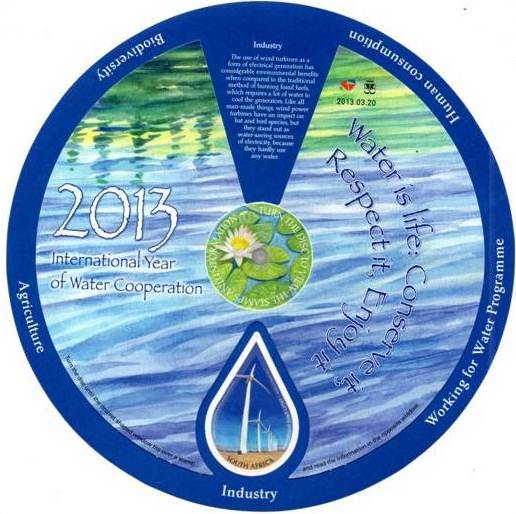The neonicotinoid insecticide imidacloprid is among the pesticides that most frequently exceed current water quality standards in Dutch surface waters. Recent research shows that effects of imidacloprid on water organisms occur at concentrations below these standards. Mayflies appear to be particularly sensitive with chronic No Observed Effect Concentrations in the nanogram per liter range. The aim of this study was to derive updated water quality standards in accordance with the methodology of the European Water Framework Directive by evaluating the available recent literature on acute and chronic ecotoxicity of imidacloprid to aquatic organisms in laboratory and semi-field experiments. It is concluded that the standard for longterm exposure should be lowered to 8.3 nanogram per liter, the standard for short-term concentration peaks can be maintained at the current value of 0.2 microgram per liter. The European Commission set restrictions to the use of imidacloprid-based products to reduce the risks for bees and the Dutch national authorities issued emission reduction measures to protect aquatic life. Future monitoring data will ultimately reveal if these measures are sufficient to meet the newly proposed standards.
Source:
C.E. Smit, C.J.A.M. Posthuma-Doodeman, P.L.A. Van Vlaardingen & F.M.W. De Jong (2014): Ecotoxicity
of Imidacloprid to Aquatic Organisms: Derivation of Water Quality Standards for Peak and Long-term Exposure, Human and Ecological Risk Assessment: An International Journal, DOI: 10.1080/10807039.2014.964071

- Log in to post comments
